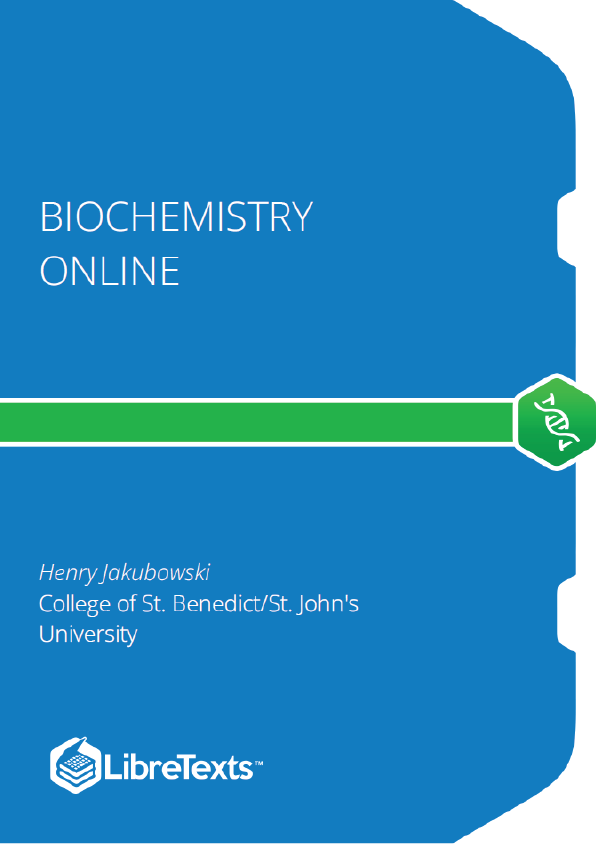What is the rationale for yet another biochemistry book? What do I mean by chemical logic?
Many who have taught chemistry (general, organic, biochemistry) from a traditional book invariably believe that the book would be better if it had a different organization or different conceptual framework. Few can truly cover the extent of information found in these encyclopedic tomes. All textbooks within a specialty area of chemistry have the same topic orders as well. Biochemistry Online: An Approach Based on Chemical Logic was written, in part, to deal with issues of topic order and conceptual framework. It presents biochemistry in the framework of a higher order organizing principle, based in chemical logic and understanding, from which topics and order of presentation derive. New topics can then be introduced in a fashion which the students perceive not as random but as a logical extension based on a developing understanding.
Summary: The chosen topic order should create a coherent and sequential understanding of biochemistry, not a fragmented one without logical connections among topics. Textbook authors offer assistance in addressing these concerns in two ways. They implicitly suggest an order of presentation by how chapters are arranged and they offer philosophical interpretations to describe biochemistry. Scrutiny of the philosophy statements (“Chemistry is the logic of biological phenomena.”; “..common molecular patterns and principles underlie the diverse expression of life.”‘ and …”molecular logic of life.”) and chapter organization of textbooks reveals commonalties among textbooks.
This consensus, however, does not lead to a linkage between philosophy and content. The present organization of texts is not derived from the central dogma of biology, since in most books protein structure precedes significant discussions of nucleic acid structure/function. Rather, it seems to reflect evolving tradition based on historical trends in biochemistry research, as evidenced by chapter organization of major biochemistry texts, starting from the 1935 edition of Harrow’s Textbook of Biochemistry (4,5). Early texts commenced with discussions of carbohydrate chemistry, followed by lipids and then proteins. Texts from the late sixties onward invariably led with protein chemistry, and deferred carbohydrate and chemistry until much later (5-7).
Although modern authors speak of a “chemical logic”, it is not evident in textbook organization. Biochemistry Online was written to present biochemistry in the framework of a higher order organizing principle, based in chemical logic and understanding, from which topics and order of presentation derive. New topics can then be introduced in a fashion which the students perceive not as random but as a logical extension based on a developing understanding.
Chemical Logic
Throughout the course, three major recurring chemical principles become evident: structure determines function/activity; binding reactions initiate all biological events; and chemical principles, such as dynamic equilibria (mass action), and reaction kinetics and mechanisms, derived from the study of small molecules, can be applied to the behavior of macromolecules. The order of the topics is based on evolving chemical logic.











